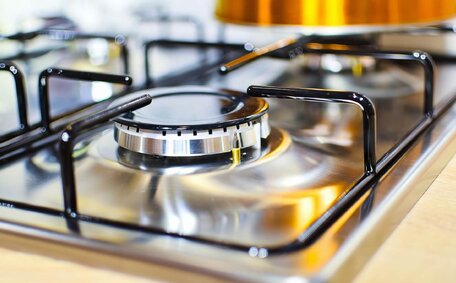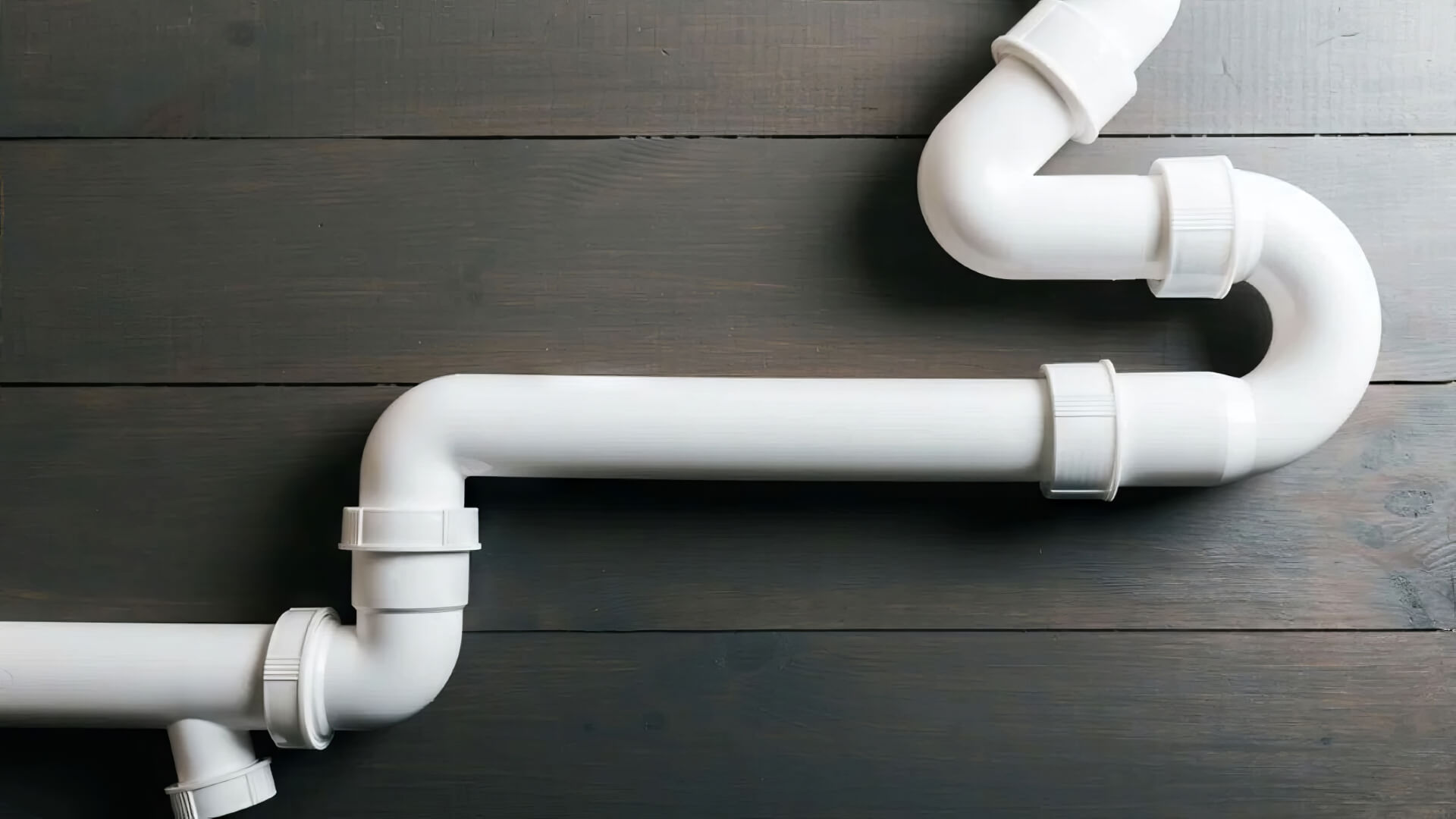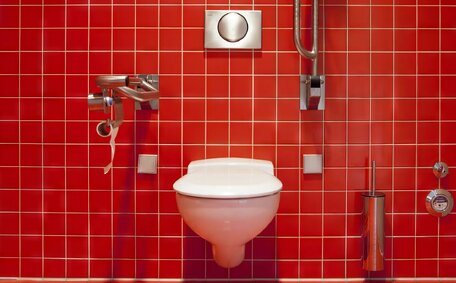Introduction to Pipe Relining
Pipe relining offers a streamlined pipe repair solution for broken pipes without having to excavate. It involves inserting an epoxy resin lining into the existing pipe, creating a new, stable 'pipe within a pipe’. This technique, known as curedinplace pipe relining, serves to reinforce corroded or damaged water mains and extend their lifespan without major excavation works.
As communities in Campbelltown and across Sydney continue to age, pipe relining has become an increasingly popular solution for restoring potable water lines without the disruption of full replacement. However, concerns regarding the safety and reliability of relined pipes for potable water are common.
This article provides an opportunity to learn more about the different types of pipes that can be relined, along with techniques to evaluate if they are truly safe options for drinking water. We’ll examine the types of pipes used, how they are installed, and whether they pose any health risks related to chemicals leaching into the water supply.
A comparison to pipe replacement methods is also included to weigh up the pros and cons of each approach.
Pipe Relining Methods and Materials
Four primary methods are employed for pipe relining to repair and reinforce drinking water pipes:
Cured-In-Place Pipe (CIPP) Lining
The most common relining technique, CIPP involves inserting a resin-saturated felt tube, which acts as a supportive sleeve, into the damaged pipe and curing it in place using hot water or steam.
Once cured, the epoxy lining creates a smooth, jointless surface within the pipe, which is ideal for drinking water contact. CIPP liners demonstrate how damaged pipes can be relined from 25mm to 1200mm in diameter and extend infrastructure life by 50+ years.
UV Light Cured Lining
This method uses a similar resin-saturated liner inflated inside the pipe. However, instead of hot water, a UV light train is used to rapidly cure the resin. It can reline pipes from 50mm to 300mm diameter.
UV lining produces a glass-like epoxy layer that can installed to handle fluids like water at temperatures up to 140°C, making it suitable for hot water applications.
Inversion Lining
Also known as pull-in-place lining, this technique involves a resin-coated liner being pulled into the host pipe using compressed air or water pressure. Once aired out, the circular liner hardens into place. Inversion lining, a method suitable for both sewer pipes and storm water lines, can rehabilitate sections of a plumbing system from 100mm to 900mm in diameter, including vertical sections.
Epoxy Spray Coating
An epoxy coating is then spray-applied to the interior walls and cured in place.
Epoxy coating suits pipes from 20mm to 300mm diameter.
Overall, modern pipe relining methods establish a strong barrier against corrosion within water pipe systems. When installed correctly using stringent safety standards, relined pipes are guaranteed safe for potable water contact.
Epoxy Coatings
Epoxy coatings introduce a smooth, inert lining into pipe interiors to prevent corrosion and contamination of drinking water. Technicians ensure even application of the epoxy barrier via spray-coating to fully cover the pipe’s interior walls.
Once cured, this forms a durable protective layer that bonds securely to the surface, ensuring there’s no need for frequent maintenance. Epoxy liners, which are resistant to temperatures up to 60°C, have been shown to significantly extend the life of a pipe, lasting an additional 50+ years.
A primary advantage of epoxy pipe lining is its role in protecting the internal pipe structure from hazardous elements such as lead or substances from copper pipes from permeating the water supply. An inert epoxy coating forms a barrier ensuring your water interacts solely with the epoxy resin, not the original lead pipe material.
While legacy lead pipes or galvanised steel might impose risks, an epoxy barrier ensures safe drinking water contact. This is a major plus for homes with legacy lead piping still in use.
Overall, epoxy coatings are a safe, reliable relining method suitable for enhancing your entire piping system with diameters from 20mm to 300mm. When applied properly by licenced technicians, epoxy liners pose no health risks and can restore ageing pipe systems throughout residential and commercial premises.
Benefits of Pipe Relining
Pipe relining offers numerous advantages, demonstrating an efficient method of pipes repair over opting for traditional pipe replacement:
Cost Savings
Pipe relining is considerably more cost-effective than traditional methods, with expenses amounting to just 20-30% of those associated with trench excavation and new pipe installation, thereby eliminating extensive digging on your property. By avoiding the process of digging up your grounds, pipe relining also spares your property from the subsequent landscaping repairs for driveways, gardens, etc.
Minimal Property Damage
Without digging and with no need to jackhammer floors or dig through walls/foundations, trenchless pipe relining prevents major structural damage. Trenchless access via manholes means little to no surface disruption.
Increased Water Flow
Smooth epoxy lining works as if there’s a new pipe, reducing friction and allowing higher water volume to flow through. Scaling or corrosion buildup is also removed during cleaning.
Long Lasting Solution
Advanced epoxy and polymer materials are part of the pipes repair damage solutions, giving your gas services and piping infrastructure a new lease on life with a minimum 50-year design life. This equals or exceeds the lifespan of pipes in applications like fire suppression systems.
Safe For Drinking Water
Epoxy/resin liners, when properly installed, create an inert barrier that adheres securely to the pipe’s interior, eliminating the need for digging. This prevents toxins like lead or bacteria from leaching into potable water.
The cost-effectiveness of relining offers a timely, non-invasive, and economical method to rejuvenate plumbing, avoiding the extensive digging associated with traditional excavations. Strengthening structures and safeguarding layers render epoxy-lined channels a reliable long-term answer for secure water line delivery.
Potential Health Risks of Pipe Relining?
Pipe relining carried out by our dedicated, professional team to exacting standards, ensures a process that is low-risk and safe for drinking water.
On the other hand, if poor workmanship occurs, contamination could happen during the installation process itself before the epoxy or resin liner fully cures and seals.
Existing sediment and bacterial films inside a broken pipe may detach when inserts are inflated or inverted through corrosion tubercles and cracks in the host pipe walls. If these contaminants enter the water flow during relining and before the liner is fully cured, this could temporarily compromise drinking water safety.
Concerns have been raised about the potential leaching of chemicals from epoxy or resin materials during the curing process and over the liner’s service life.
While these resins meet water contact standards, only through proper application can one prevent undesired leaching into the water supply.
However, these risks apply mainly for poorly performed installations by unqualified technicians. Reputable plumbing contractors ensure there’s no compromise on safety by following rigorous Clean-In-Place protocols before introducing any relining materials. This involves flushing and disinfecting the pipes with chlorinated water to achieve acceptable purity levels.
Quality assurance testing procedures are carried out after installation to ensure the lining forms a 100% watertight seal with no pinhole leaks or gaps allowing water contact with the pipe exterior.
Although theoretical risks exist, reputable providers mitigate these by complying with professional cleanliness and curing standards, ensuring safely relined pipes for drinking water distribution.
Compliance with Safety Standards
For residential and business service lines, all pipe relining tasks are to align with the AS/NZS 4020:2005 norms in Australia. This governs products like plastic pipes and fittings in contact with drinking water to ensure they are safe, reliable and pose no public health risks.
According to these standards, epoxy and polymeric lining materials are not permitted to leach any toxic substances, such as BPA, plasticizers, or solvents, into the water supply. Rigorous toxicity tests are conducted to guarantee total inertness and compliance certification.
Reputable plumbing contractors follow the stringent WSA-02 and WSA-04 codes of practise when installing pipe liners. This upholds best practises for cleaning, installation, curing and final commissioning to prevent contamination.
Cured-in-place pipe systems must undergo pressure testing and CCTV inspections to validate they offer a 100% watertight seal with the host pipe. If any pinhole leaks, cracks or gaps are identified on the liner that could enable water contact with the pipe exterior, the job fails safety certification.
Therefore, when experienced, licensed technicians perform the work according to industry standards, epoxy-relined pipes offer a safe, durable, and cost-effective option for the distribution of potable water in residential and commercial buildings across Sydney.
Pipe Relining vs. Replacement for Drinking Water
When evaluating options for repairing or replacing ageing drinking water pipes, key considerations around safety, integrity and long-term viability come into play.
Pipe relining offers numerous advantages in this context compared to full replacement:
Safe Materials
Properly installed epoxy or polymer pipe liners are certified safe for potable water contact under Australian standards. Toxicity testing guarantees they do not leach any hazardous substances into drinking water.
Long Lasting
Containing advanced composite materials, modern pipe liners deliver a functional design life of at least fifty years for your home’s pipes. This duration is comparable to or surpasses the lifespans of new metal and PVC pipes.
Structural Integrity
Pipe relining reinforces existing pipes from the inside-out, offering a renewal without replacement. CCTV inspections validate the liner forms an impenetrable, joint less barrier adhering completely to the interior walls.
Non-Invasive
Relining eliminates activities that could harm your property and cause disruption, such as the need for significant excavation or cutting through foundations to reach pipes.
Potential drawbacks mainly relate to risks if poor installation practises occur:
Contamination
Sediment or bacteria inside the host pipe could enter drinking water temporarily before the liner fully cures and seals.
Imperfect Sealing
Gaps, cracks or pinhole leaks left in the liner enabling water contact with the pipe exterior compromises safety and integrity.
However reputable contractors follow stringent standards to mitigate these risks via pressure testing, CCTV inspection and other quality assurance processes.
Although relining does not physically replace old pipes, the internal epoxy barrier ensures a comparably long structural lifespan and safe drinking water, akin to new pipe installations.






